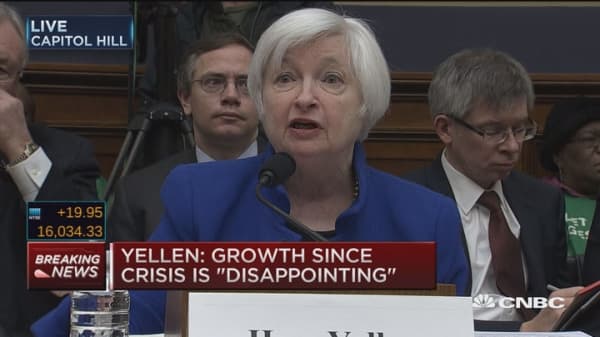A movement into the territory of negative interest rates also comes with downside risk. Credibility is crucial for effective central banking. The Fed ought to be weary of appearing to react in a knee-jerk way to volatility in financial markets. While one can debate the merits of the recent decision to raise rates in December, reversing course in such quick fashion would risk eroding some of the Fed's hard-earned credibility. It could de-stabilize private sector expectations and lead to heightened uncertainty, both of which would be drags on near-term economic activity.
There are also downside risks to negative rates at an operational level about which we know little. While charging commercial banks to hold reserves sounds simple in theory, in practice, implementing negative rates requires sophisticated management of an increasingly complex financial system. The U.S. money market is the largest in the world, with trillions of dollars at play. The money market plays a crucial role in providing liquidity to help business meet short-term financing needs. Negative policy rates might risk a "break the buck" scenario, which could be extremely disruptive.
Given the tepid recovery and increasingly volatile global financial system, it is easy to sympathize with calls for ever more accommodative monetary policy. Negative interest rates may have some stimulating effect, but also come with potentially significant downside risks. Negative interest rates, and monetary policy more generally, are not a panacea. Most of the headwinds facing the global economy are outside the purview of monetary policy. Fiscal imbalances, demographic trends, slowing productivity growth, and the inevitable disruptions from structural change and globalization are all more pressing needs on which policy should focus.






